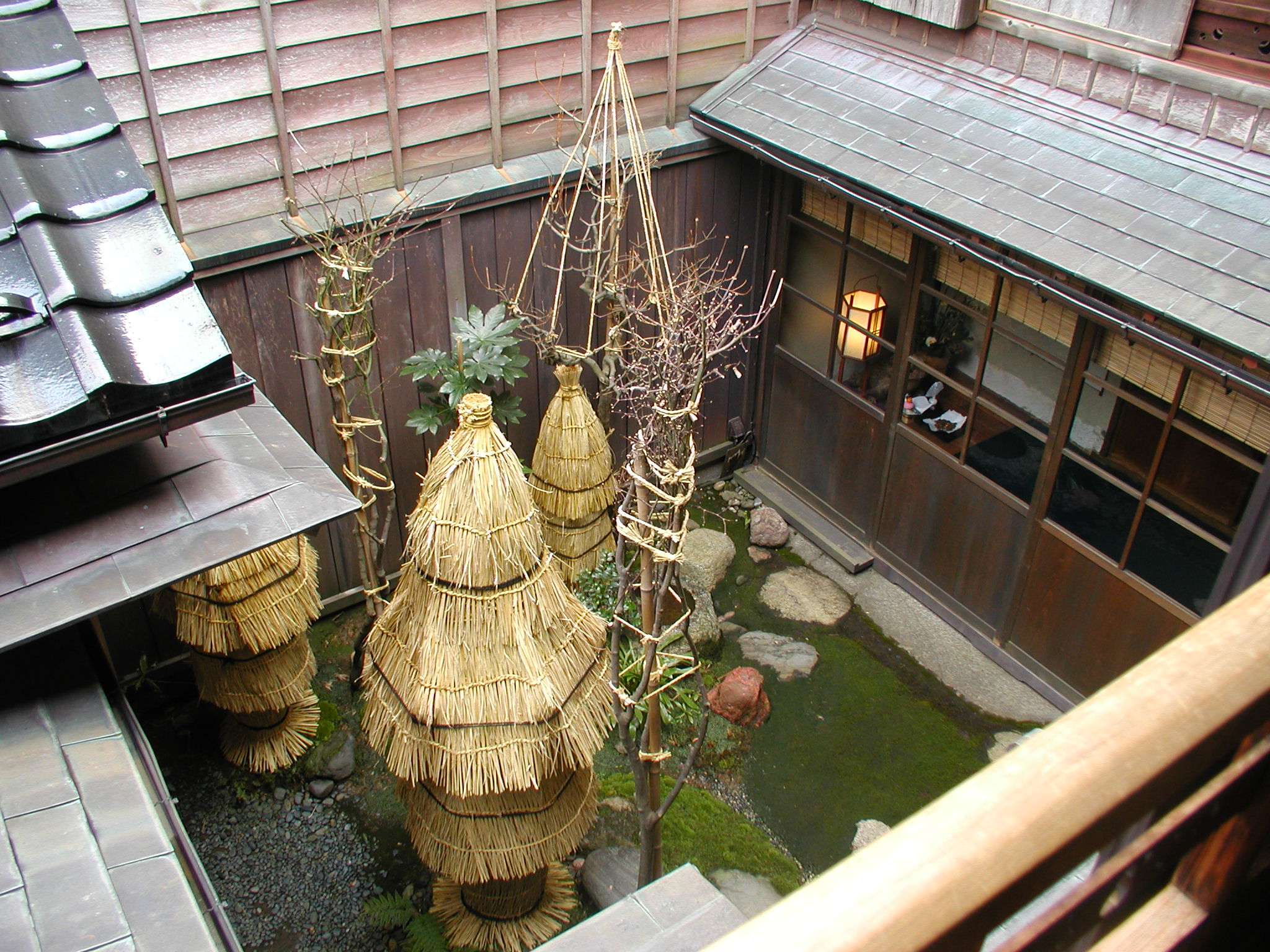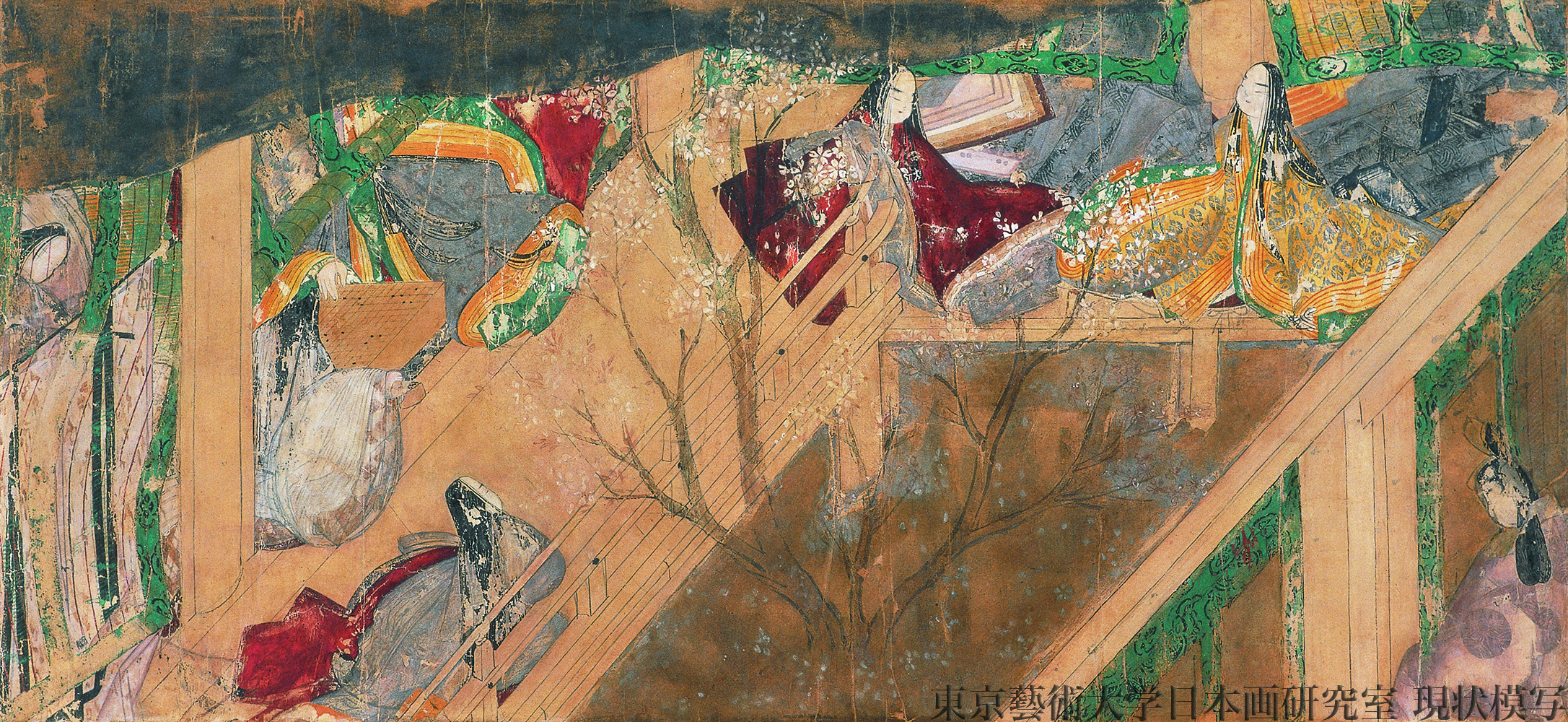Tsubo-niwa on:
[Wikipedia]
[Google]
[Amazon]
 A is a type of very small
A is a type of very small
 were originally found in the interior courtyards of
were originally found in the interior courtyards of
 A good example of a from the
A good example of a from the
garden
A garden is a planned space, usually outdoors, set aside for the cultivation, display, and enjoyment of plants and other forms of nature. The single feature identifying even the wildest wild garden is ''control''. The garden can incorporate bot ...
in Japan. The term stems from , a unit of measurement (equal to 1×1 , the size of two tatami
A is a type of mat used as a flooring material in traditional Japanese-style rooms. Tatamis are made in standard sizes, twice as long as wide, about 0.9 m by 1.8 m depending on the region. In martial arts, tatami are the floor used for train ...
, roughly ), and , meaning "garden". Other spellings of translate to "container garden", and a may differ in size from the unit of measurement.
have been described as "quasi-indoor gardens", and are a key feature of some traditional Japanese homes, such as the (). A number of different terms exist to describe the function of townhouse gardens. Courtyard gardens of all sizes are referred to as , "inner gardens"; gardens referred to as include both the (shop entrance garden) and the (hallway-garden, often mostly-roofed and used as a kitchen). The is found at the front of a traditional townhouse, with additional often found in the interior and at the rear.
History
 were originally found in the interior courtyards of
were originally found in the interior courtyards of Heian period
The is the last division of classical Japanese history, running from 794 to 1185. It followed the Nara period, beginning when the 50th emperor, Emperor Kanmu, moved the capital of Japan to Heian-kyō (modern Kyoto). means "peace" in Japanese ...
palaces, designed to give a glimpse of nature and some privacy to the residents of the rear side of the building. These were as small as one – roughly .
During the Edo period
The or is the period between 1603 and 1867 in the history of Japan, when Japan was under the rule of the Tokugawa shogunate and the country's 300 regional ''daimyo''. Emerging from the chaos of the Sengoku period, the Edo period was character ...
, merchants began building small gardens in the space between their shops – which faced the street – and their residences, located behind the shop. These tiny gardens were meant to be seen, but not entered, and usually featured a stone lantern, a water basin, stepping stones and a few plants, arranged in the (tea ousegarden) style, which was fashionable.
gained greater popularity in the early 21st century, and can be found in many Japanese residences, hotels, restaurants, and public buildings.Young, ''The Art of the Japanese Garden'', p. 126 Multistory and underground interior spaces present difficulties for cultivation; artificial lighting, anidolic lighting (using fiberoptic cables to pipe in sunlight), and a combination of both have been used.
Purpose
are used to provide a touch of nature, connect the outdoors to the indoors, and make an indoor space seem larger; they can also act as light wells. Several are used to provide passive ventilation in an otherwise small home, allowing a breeze to blow through the living space (see tablinum). They may also contain a basin, traditionally used for , hand-cleansing. are often set up where they can be seen by home occupants while relaxing or eating dinner. Commercial restaurants and eateries, such as ramen shops, may also have , placed so that guests can see them while eating. use less space than larger gardens and are cheaper to build. , the cost is in the low hundred thousand yen (low thousands of US dollars) for professional installation. Do-it-yourself kits cost a tenth as much and upwards. They also take less time to maintain; keeping a traditional Japanese garden is considered a meditative act.Contents
typically contain a functional lantern and a (water basin), such as a . They may also contain sculptures. Much of the area may be filled with gravel, set with larger stones, and carefully raked and kept free of weeds. Plants may be very minimal, and surrounded by stones, or the whole area may be covered with vegetation. Shade-loving plants are needed, as a narrow courtyard will seldom be in direct sunlight. Dwarf plants may also be used. A few stems of bamboo are common, but not ubiquitous. Artificial plants are also sometimes used.Famous
 A good example of a from the
A good example of a from the Meiji period
The is an era of Japanese history that extended from October 23, 1868 to July 30, 1912.
The Meiji era was the first half of the Empire of Japan, when the Japanese people moved from being an isolated feudal society at risk of colonization ...
can be found in the villa of Murin-an in Kyoto. Totekiko is a famous courtyard garden using no vegetation at all.
See also
* Tablinum, for the physics of ventilating and cooling using courts and gardensReferences
{{reflist, 45em, refs= Japanese gardens Japanese style of gardening Japanese words and phrases